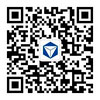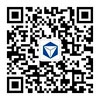The recent achievements in ionic by , in conjunction with at the , reflects three years of hard work by Weishu LIU in materials science and scientific research. His painstaking efforts have created new knowledge and technological wisdom through their cultivation of scientific knowledge.
Weishu LIU has focused on the exploration of new thermoelectric materials and devices. Since joining Southern University of Science and Technology (SUSTech) in 2016, he has worked to make vital breakthroughs in thermoelectric materials and develop exciting new applications.
The majority of research conducted into thermoelectric materials is based on the Seebeck effect, which utilizes electrons as energy carriers. He is keenly aware of the bottlenecks, so he switched the focus to search new approaches for thermoelectric conversion. Human skin can detect the temperature, in which the mobile ions play a crucial role. This fact gives Weishu Liu some new idea for designing ionic thermoelectric materials.
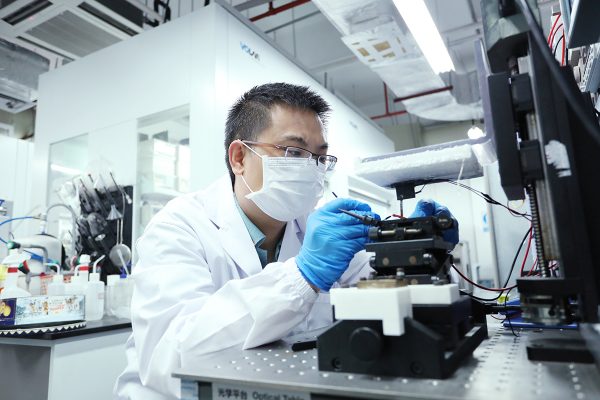
His group’s research in ionic thermoelectric materials has provided more robust support for wearable IoT devices, biomimetic sensors, and health detection devices. The path to original research is not smooth, and it is impossible to predict the progress or results. However, Weishu LIU has not let this challenge hold him back. He has received the wholehearted support of his research team, who are also willing to take part in this risky research endeavor.
After leaving the thermoelectrics industry, Weishu LIU has found a new lease on life. He has focused more on basic research that will break open bottlenecks that industry had not solved due primarily to a lack of patience. He believes that the creation of knowledge is one of his key responsibilities as a university professor. Universities need to find new pathways on the way to doing cutting-edge scientific research.
Weishu LIU and his research team have pushed far beyond their own expectations to go through three iterations of their program. While the first two efforts had unsolvable problems during the implementation stage, the third routes were successful. The team overcame many difficulties and uncertainties to launch a new area of research. In reviewing their process, he believes that their persistence was the key to their success.
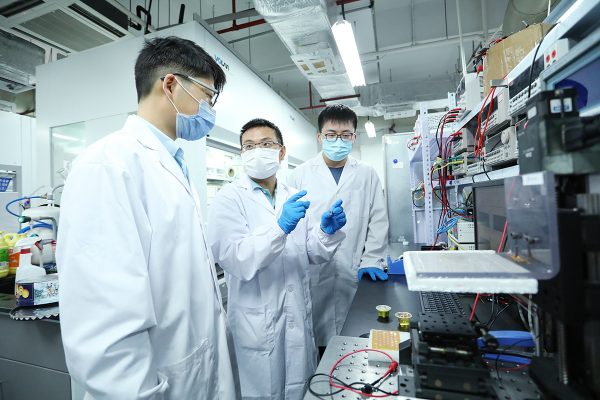
It is also the continuing support of SUSTech that was vital to the breakthrough made by Weishu LIU and his team. The independent PI system encourages young faculty members to focus on their research rather than worrying about funding.
SUSTech’s support for young scholars is unparalleled. The creation of the SUSTech-MIT Centers for Mechanical Engineering Research and Education reflects the close relationship between the two universities in many areas, including scientific research and teaching.
The collaboration with Professor Gang CHEN (MIT Department of Mechanical Engineering) saw them conduct video conferences twice a day. They discussed each group’s progress, assess problems, and deliberate over the experimental phenomena their teams found.
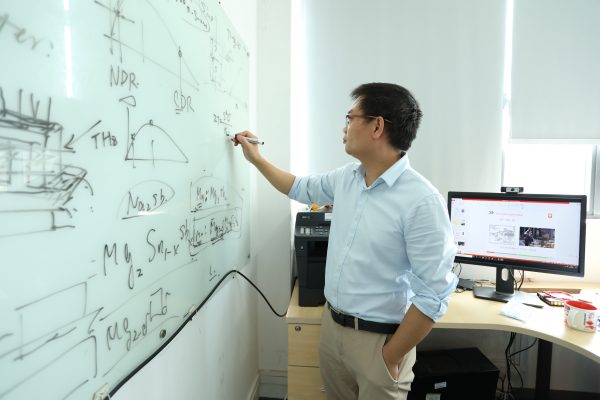
The group is not in a hurry to commercialize their research outputs, as their current focus is on conducting fundamental research and training the future leaders of this field. Associate Professor Weishu LIU is looking forward to welcoming more young colleagues to SUSTech in the future as each year sees a new page written in the scientific development history of SUSTech.


